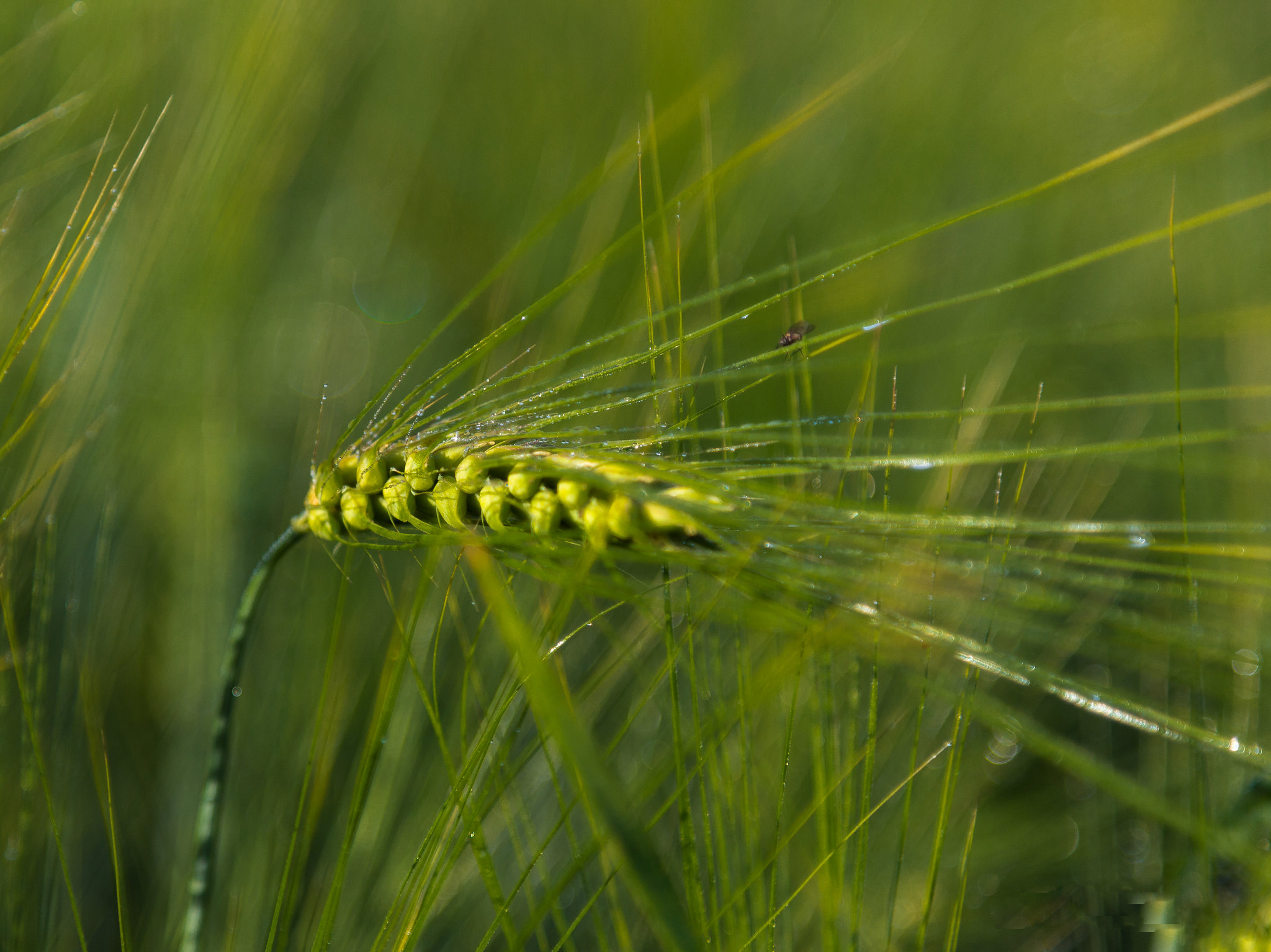People started to create GMOs to make production cheaper quickly and more precisely, and to improve the quality of products
GMOs and their uses
In a genetically modified organism (GMO), a characteristic of that organism has been altered by modern biotechnological methods. The first bacterium obtained in this way was created in 1971 in the United States. The first genetically modified (GM) plants were created in 1983, and the first GM crop (tomato) entered the US market in 1994.
People started to create GMOs to make production cheaper quickly and more precisely, and to improve the quality of products. The long-term goal of creating GMOs was the hope to feed the world’s growing population with the help of this technology. Creating new breeds and varieties with regular crossing methods takes time and the results are not great; with the use of biotechnology, you can get significantly more accurate results faster and cheaper. In addition, not all objectives (for example, transferring genes from another species or preventing the expression of individual genes, so-called gene silencing) can be achieved by classical crossing.

The purpose of creating the first generation of GMOs was to make the work of crop farmers easier by improving plant protection opportunities, yields, and/or the shelf life of the products. Another goal was to reduce the use of insecticides and herbicides.
The second-generation GMOs have been created to improve the nutritional value of the species, change the content of amino acids, or reduce the ability of products to cause allergies (for example, to create gluten-free food).
Third-generation GMOs are ‘bioreactors’ that can be used to produce, for example, pharmaceutical components, vitamins, vaccines, antibodies, and basic products for the material and chemical industries. Third generation GM crops are also called pharma crops [1].
Safe use of GMOs
Immediately after the creation of the first GM bacterium, the dangers associated with this kind of activity were being addressed. In 1974, scientists agreed on the guidelines of the Asilomar Conference, according to which only GM bacteria that could not live outside the laboratory could be created.
New threats (such as whether genetically modified organisms can produce proteins that are harmful to health or how organisms with new characteristics behave in the environment) have been addressed by major international organisations. In the early 1980s, the Organisation for Economic Co-operation and Development (OECD) drew attention to the potential dangers of allowing genetically modified plants to grow in the wild, and in the early 1990s, the World Health Organization (WHO) and the Food and Agriculture Organization of the United Nations (FAO) also addressed the issue, focusing on the safety of genetically modified food. In the early 1990s, the European Union developed a code governing the use of GMOs with the aim to protect human health and the environment from the potential risks associated with GMOs [2].
However, data on the potential environmental risks of GMOs began to be collected more systematically in the late 1990s [3]. This was due to the spread of the modified properties to the wild or other crops and due to the undesirable side effects for the so-called non-target organisms. The most important threats of GMOs are long-term ecological effects, such as the spread of the modified properties that can lead to the emergence of ‘superweeds’ or ‘superpests’ that cannot be controlled with common repellents. Antibiotic resistance can also be transmitted, and plants that produce toxins against pests can also be toxic to non-target organisms, including beneficial species and even humans. There is also still uncertainty about the emergence of new allergens.
At the same time, the use of GMOs also offers many new opportunities for the food and materials industry, and for the fields of environmental protection and medicine. They can be used to create products with the desired properties, including longer shelf life, and GM crops can be bred to be more resistant to diseases and drought. Genetically modified bacteria can be used as decomposers of hazardous environmental waste and in the production of pharmaceuticals, vaccines, or biofuels.
GMO studies are also carried out in Estonia and they are mainly widely used in research. For example, genetically modified bacteria are used to produce proteins efficiently and more cheaply, as well as to study food technology processes. Genetically modified animals (so far in Estonia, these include mice and rats as well as vinegar flies) are indispensable in the study of several diseases (Alzheimer’s disease, schizophrenia, anxiety and depression disorders, autoimmune diseases, viral infections) and in testing drug candidates. The plants have been genetically modified to achieve virus and drought resistance.
Last modified: 30.11.2021
__________________________________________________
[1] E. Ojangu, L. Eek. Geneetiliselt muundatud organismid – mis need on? Tallinna Tehnikaülikool, 2010. https://www.etis.ee/Portal/Publications/Display/ef0b117f-b343-4d8d-ad47-e9e86cfcf53c
[2] Ülevaade Euroopa Komisjoni kodulehelt https://ec.europa.eu/jrc/en/publication/eur-scientific-and-technical-research-reports/eu-legislation-gmos-overview
[3] Ülevaade tehtud uuringutest ja võimalikest ohtudest: Geneetiliselt muundatud põllukultuurid ja nendega seotud riskid. Eestimaa Looduse Fond, 2006. https://www.digar.ee/arhiiv/et/raamatud/42135